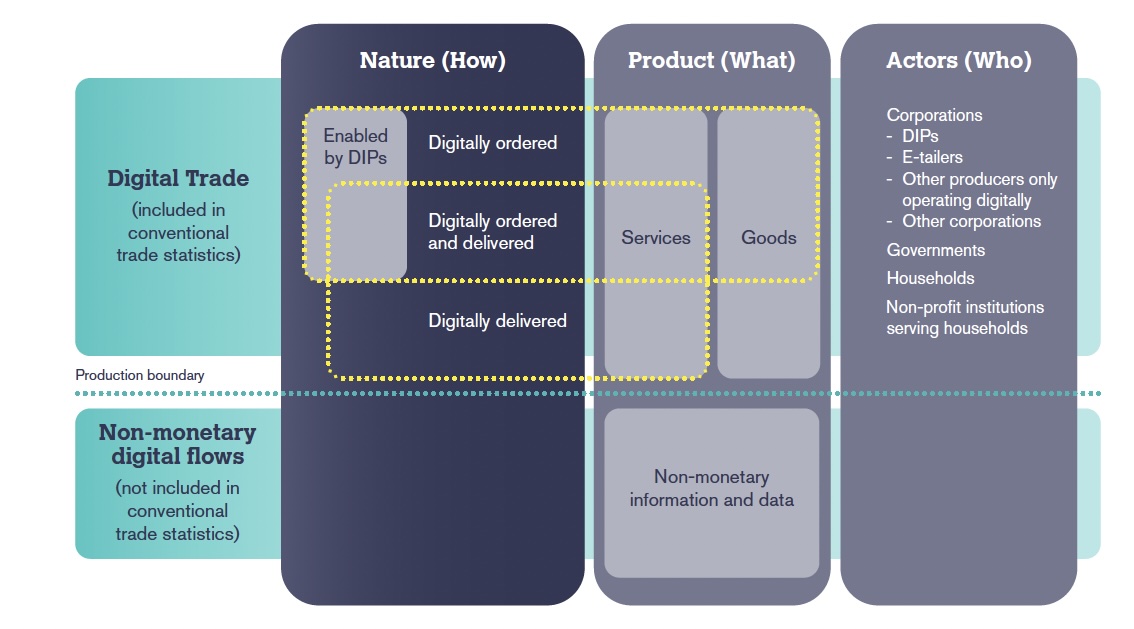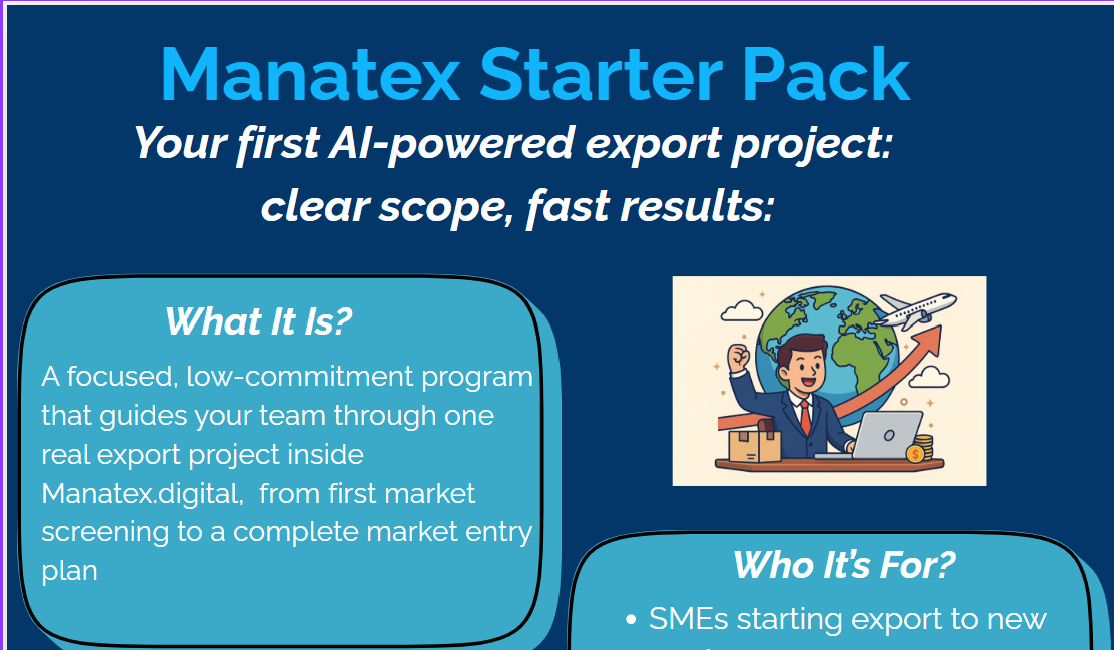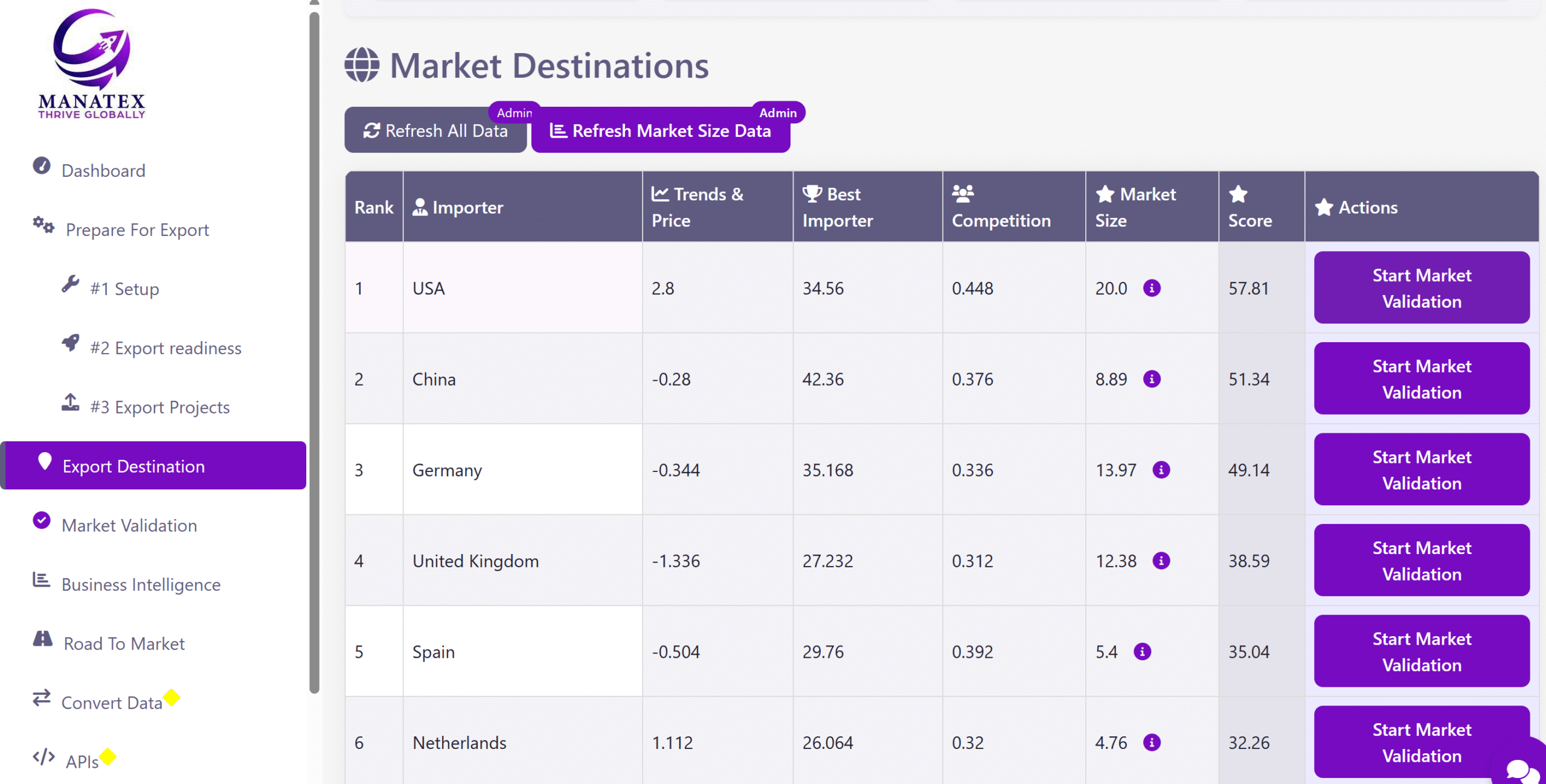According to the mutual efforts of WTO and OECD, the following definition of Digital trade has been created: “Digital trade is all international trade that is digitally ordered and/or digitally delivered”.
Virtually every aspect of the economy is experiencing shifts due to digital technologies, and international trade is no different. Both households and businesses utilize digital ordering more and more.
Nowadays, many services that were formerly exchanged in person between producers and consumers can now be done so virtually. Online marketplaces are becoming more and more crucial in facilitating economic transactions and balancing supply and demand. Digitalization is transforming how goods are ordered and delivered.

Picture #1: The conceptual framework for Digital Trade (source: OECD, WTO, IMF)
International Trade has become increasingly accessible because of digital technologies.
Here are some examples mentioned by the European Commission:
- banks rely heavily on the international transfer of data;
- agricultural commodity traders use e-signatures to conclude international purchases;
- manufacturers, freight operators, and logistics enterprises can track and improve the performance of their machines and vehicles around the world thanks to electronic data transfers, and;
- everyday items increasingly combine sensors and internet-enabled applications, large datasets, and high-performance computing capabilities (‘Internet of Things’).
Digital Trade is undoubtedly crucial for overall export performance. For example, digitally delivered services represent the fastest-growing segment of International Trade. In 2023 the value of digitally delivered services export reached $4.250.409 million.

Picture #2: The global export of digitally delivered services has grown faster than the export of goods and other services (source: OECD)
That is why Digital Trade Agreements are becoming increasingly important for exporters as they navigate the complexities of international markets. Here’s a rundown of what exporters need to know:
- Understanding Digital Trade Agreements:
– Scope: These agreements cover a range of issues related to digital trade, including e-commerce, data flows, cybersecurity, and intellectual property.
– Parties Involved: They often involve multiple countries or regions and may be part of broader free trade agreements or standalone accords. For example, according to the European Commission, the EU has recently concluded a Digital Trade Agreement with Singapore.
- Key Provisions:
– Cross-Border Data Flows: Rules regarding the free flow of data across borders, which is crucial for businesses that rely on digital transactions and cloud computing.
– Data Localization Requirements: Some agreements prevent or restrict data localization measures that require data to be stored within a specific country, which can impact how businesses manage their data.
– Privacy and Protection: Standards for data protection and privacy, ensuring that companies comply with varying regulations in different jurisdictions.
– E-Commerce and Online Marketplaces: Regulations affecting online sales, digital contracts, and consumer protection for e-commerce transactions.
- Impact on Exporters:
– Market Access: Digital trade agreements can open up new markets by reducing barriers and facilitating smoother cross-border transactions.
– Compliance Costs: Exporters need to understand and comply with the regulatory requirements outlined in these agreements to avoid penalties and operational disruptions.
– Intellectual Property: Protection for digital goods and services, including software, trademarks, and copyrights, to safeguard against piracy and infringement.
- Strategic Considerations:
– Integration with Business Operations: Exporters should assess how these agreements align with their digital strategies and operations, including supply chain management and customer interactions.
– Legal and Regulatory Advising: Consulting with legal experts who specialize in international trade and digital regulations can help in navigating the complexities of compliance.
– Adaptability: Stay updated on evolving regulations and agreements as digital trade policies are rapidly changing.
- Technology and Infrastructure:
– Cybersecurity Measures: Ensuring that your digital infrastructure complies with the cybersecurity standards set out in these agreements to protect against breaches and maintain customer trust.
– Digital Tools: Leveraging digital tools and platforms that align with the provisions of these agreements to streamline operations and enhance market reach.
- Future Trends:
– Emerging Agreements: Keep an eye on new and emerging digital trade agreements as they can influence global trade practices and open new opportunities.
– Technological Advances: Stay informed about technological advancements and how they might be addressed or regulated in future agreements.
By understanding these elements, exporters can better navigate the digital landscape of international trade, ensuring they leverage opportunities while managing risks effectively.





